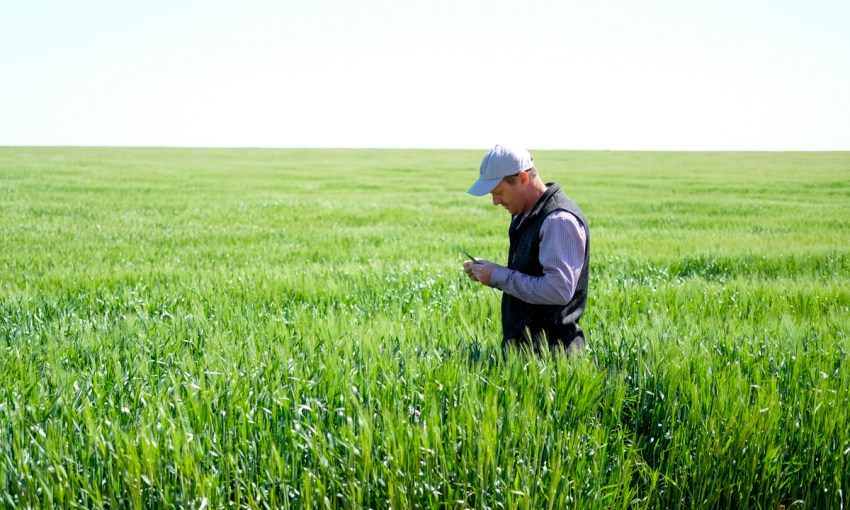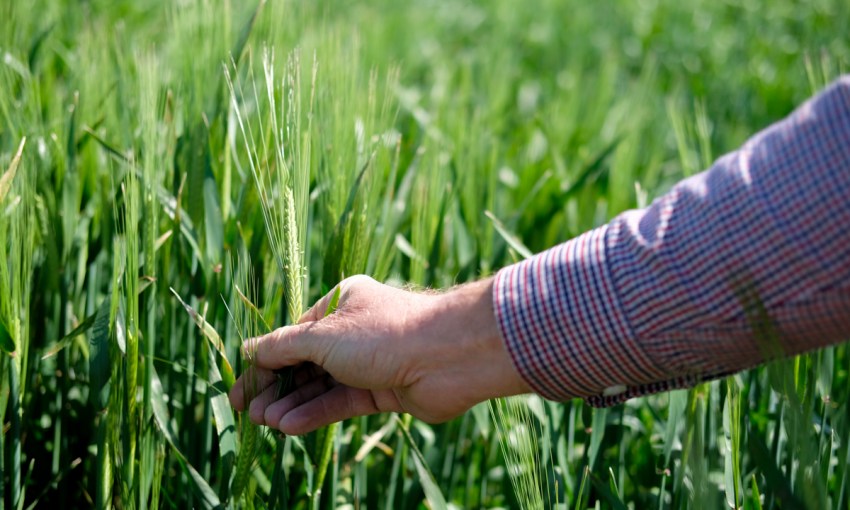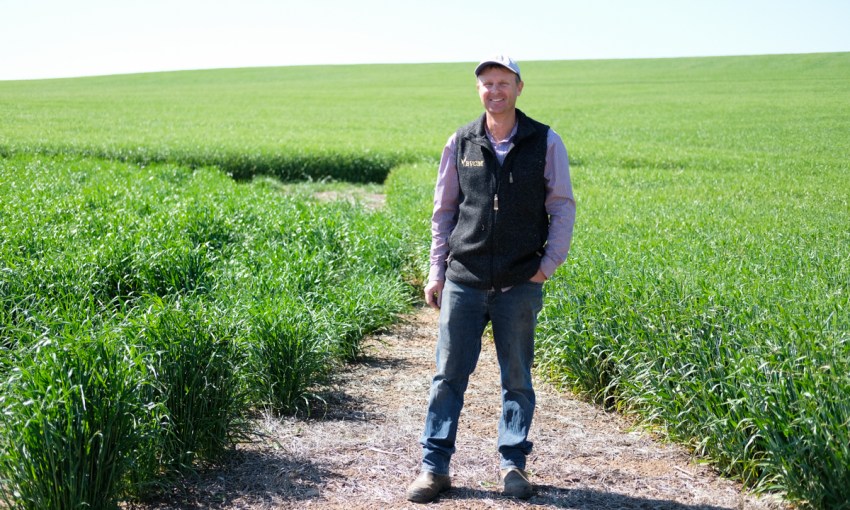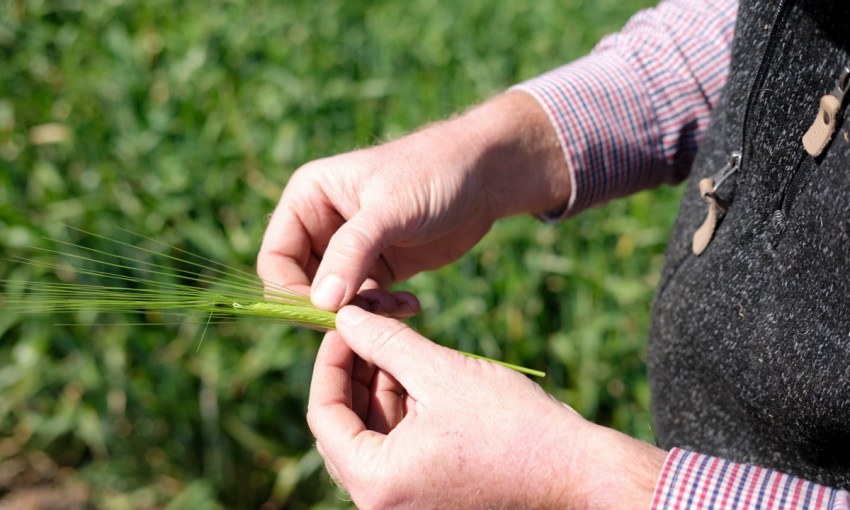Tom Ryan returned to his 1,200-acre family farm in the Barossa Valley all for the love of beer.
Barossa Valley Craft Malt: Betting on a bigger beer industry
CityMag sits in the passenger seat of grain grower Tom Ryan’s ute, barreling down St Johns Road in the Barossa Valley. All the green we see stretched out in the farmland to our right belongs to Tom – barley set to become malt, destined for distribution throughout Adelaide’s craft beer scene.
“We crop 450 hectares. That’s small on grain scales,” Tom says, as we pull up to the small section of Clipper barley – a malting variety bred by the University of Adelaide in 1967, which he has brought back to market.
Keep up to date with Barossa Valley Craft Malt here.
The farm started as a 400-acre plot acquired by Tom’s grandfather and grew to its current 1,200 acres under his father’s stewardship, mostly producing hay.
Two years ago, Tom’s parents signalled they were ready to give up the homestead and retire to the city, prompting Tom to leave his career in engineering and take the farm in a new direction.
“I know I like beer and chicken schnitzels. I thought about putting chickens in,” Tom grins.
Instead, he’s kitted out his shed with malting equipment and made a ploy into the booming South Australian craft beer industry, founding Barossa Valley Craft Malt in June last year.
“The startup breweries have been quite good; they’ve been looking for differentiation in the market, as well as a foothold,” Tom explains.
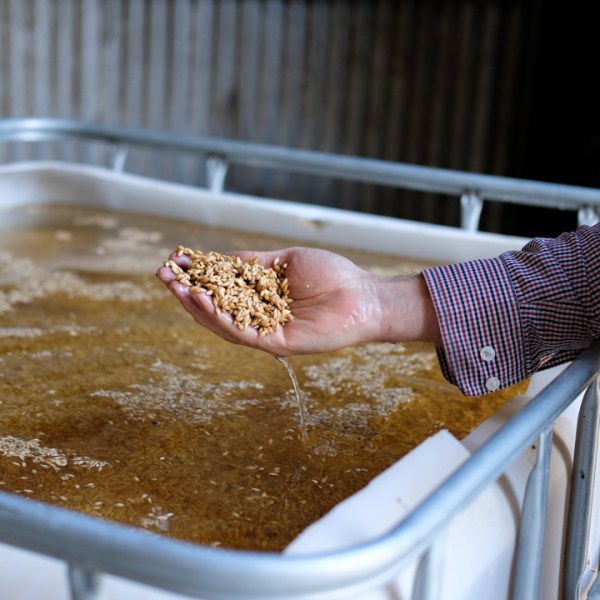
Prior to kilning, the barley is steeped for 36 hours.
He references US trends in justifying his bet on the beer industry, and the fact we’re following a similar trajectory (except 10 years behind, he says). Tom’s hopes were likely buoyed by the news late last year of Coopers’ move back into malting.
Their $65m Regency Park plant reserves one third of its 54,000-tonne output for the domestic craft beer market, and they too brought back a heritage barley variety – Schooner – with the craft market in mind.
“Twenty years ago there wasn’t opportunity to do this,” Tom says. “There would have been no ability to serve craft breweries because there weren’t any. Essentially it’s a newly created market.”
Barossa Valley Craft Malt operates on a much smaller scale; Tom is currently sending out 350 kilograms of malt per week to a select group of small breweries: Western Ridge Brewing, Battle of Bosworth, Ministry of Beer, Silver Bark Brewery, Rehn Bier and Greenock Brewers.
His sales tactic to date has been door-knocking breweries with sample packs of malt and an accompanying report from the lab of the University of Adelaide’s barley breeding program as proof of quality. It’s so far been a success – Tom is at capacity, and in the process of upscaling his equipment.
“I’d like to see myself, in the medium term, I guess five years, pushing out 10 tonne a week and having a few employees, and trying to create business in the area,” Tom says.
Although Tom has plans to also target home brewers domestically and abroad, the viability of Barossa Valley Craft Malt lies largely in the ongoing success of the Australian craft beer scene.
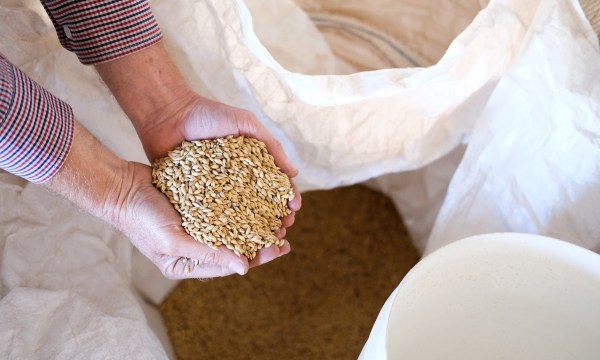
Locally, there have been signs of good health in the industry; notably Pirate Life has made a significant investment at Port Adelaide after its acquisition by AB InBev, Mismatch has found a permanent home at its shared facility in Nairne, Little Bang is set to double production at its new site, Big Shed Brewing will quadruple production when they move to their expanded brewery, and Sparkke Change Beverage Company are months away from opening their first brewpub.
Much of this activity has been supported by State Government – Pirate Life received $2m; Big Shed were approved for a $50,000 grant “based on meeting certain targets around new employment” and a $1m discounted loan; and the conglomerate of Mismatch, Adelaide Hills Distillery, The Hills Cider Company and Ashton Valley Fresh received $950,000 from the Regional Development Fund.
Despite this backing, it is difficult for Australian breweries to follow US sales trends; Australian alcohol taxation is a very different experience to the US (some might say comically convoluted).
The recent federal budget saw relief for brewers, with the announcement of a “common sense change” coming into effect in 2019, meaning excise rates applied to kegs will no longer fluctuate according to size (smaller kegs were previously charged a higher rate). The excise rebate available to breweries will also rise from $30,000 to $100,000.
While brewers celebrated these changes, little has been done to ease complexity, and there is still a stark gap between the beer industry’s available rebate and that of the wine industry – wineries are eligible for an annual $350,000 rebate (recently reduced from $500,000).
This is considered by some as a culture tax: the wine industry receiving preferential treatment due to its high culture standing, as beer languishes under its front bar reputation (and even worse for the spirits industry).
“From my point of view, I’d like to see that squared up so that the craft breweries are on the same playing field as the wineries. That would create more demand for products like mine,” he says.
“And I don’t see why they should have to pay more tax than a winery. It’s still alcohol.”

One piece of Tom’s upscaled malting kit.
As the beer industry continues to boom, it’s not just brewers and consumers who are set to benefit – there is great potential for ancillary growers like Tom, and the broader produce industry, to build a livelihood and grow their operations with these small businesses as they emerge – and they are emerging more and more rapidly: Australia has averaged one new brewery per week over the last three years.
For Tom, feeding into Adelaide’s craft beer scene also creates a more meaningful relationship with the practice of farming – a necessary aspect for an engineer weighing up whether or not to return to the land.
“Before, I would take a truckload of barley down to Roseworthy, in front of me there’d be a guy from Truro, and after me there’s a truck from Waikerie. They’d pull on to the skip and [the barley] goes up into those big bunkers, and then you drive on and yours goes on top of his, and it all just gets blended into one big mix,” Tom says.
“Good luck trying to grow something special, because it ain’t gonna matter… It’s all a bit hollow, I guess. Not to run down farming, it’s just this seems much more like you want to get out of bed to do it.”



